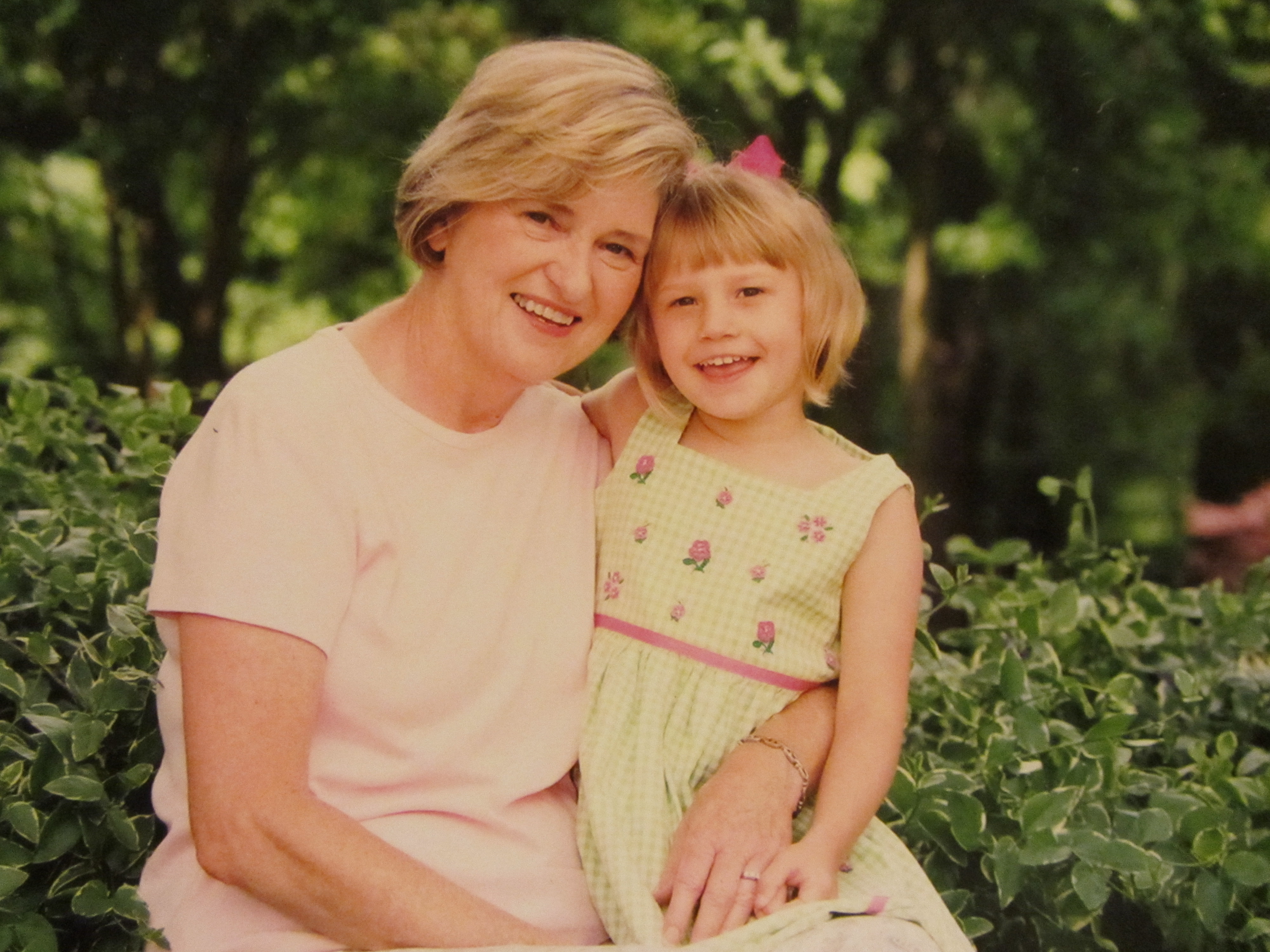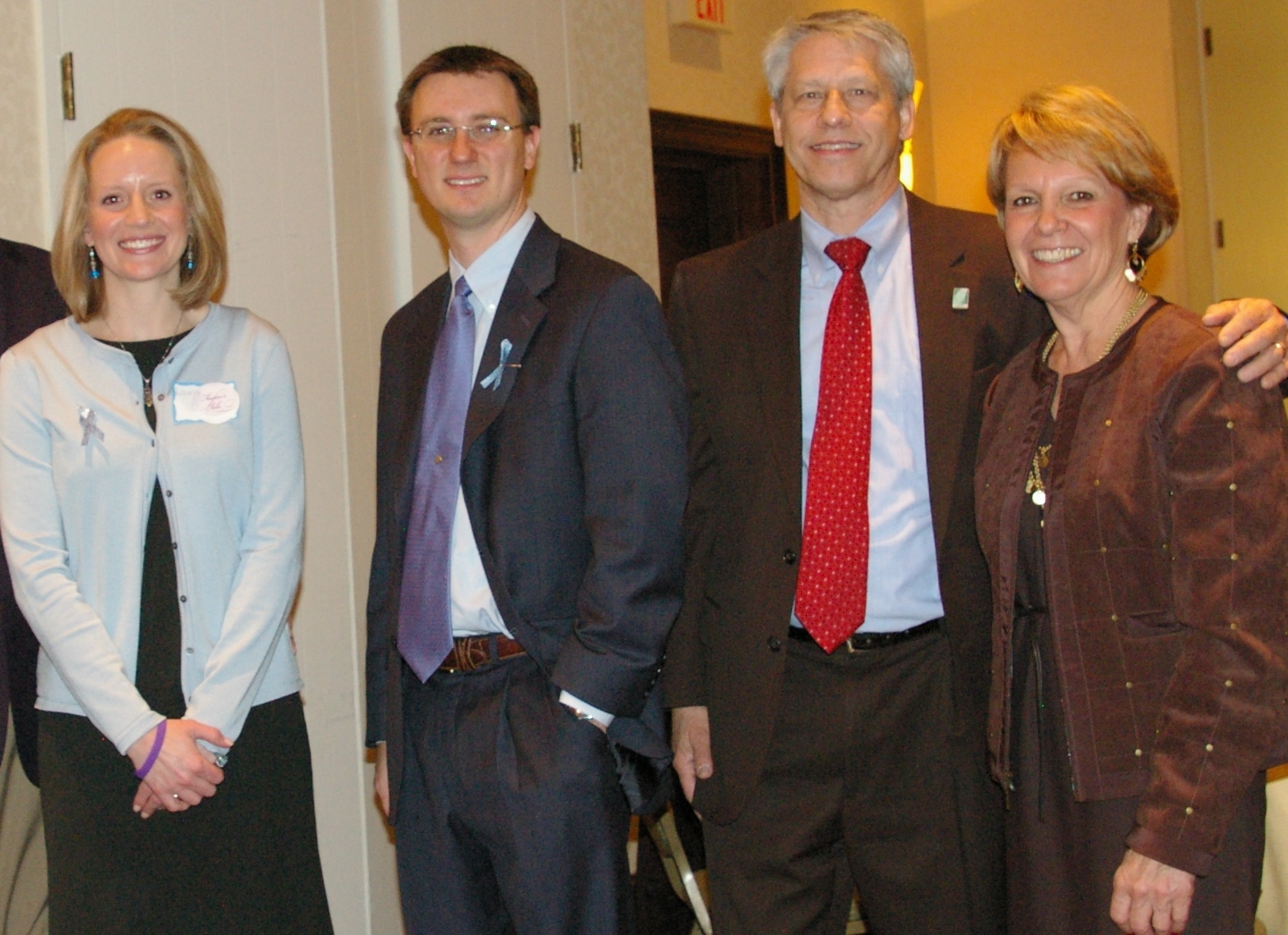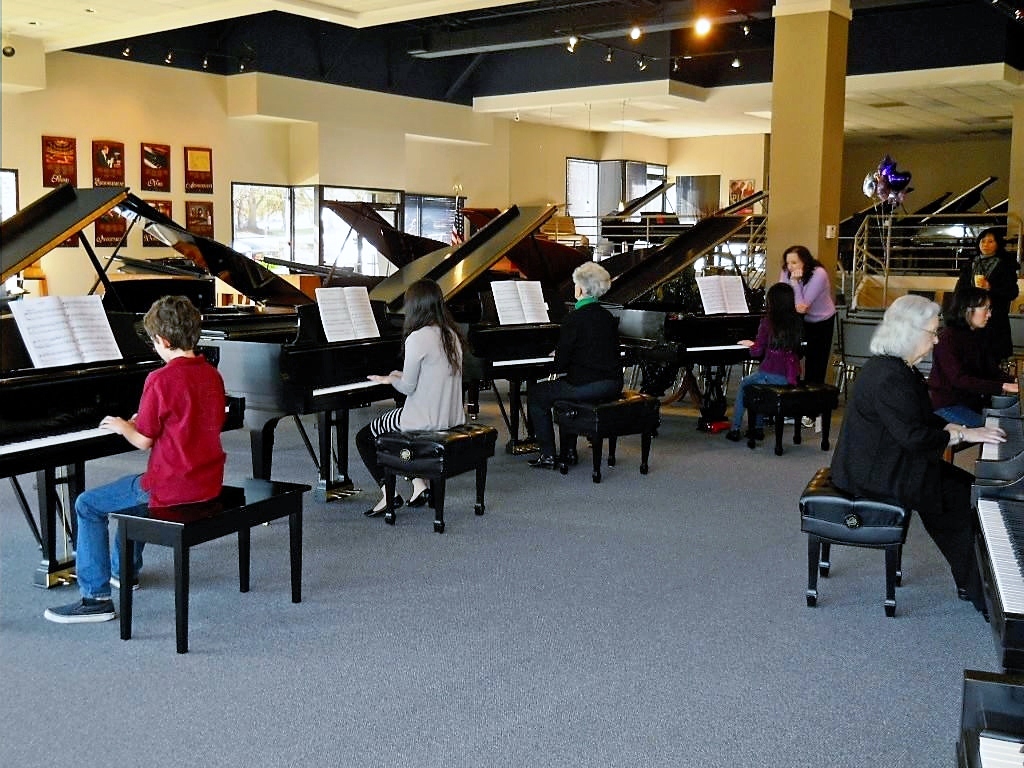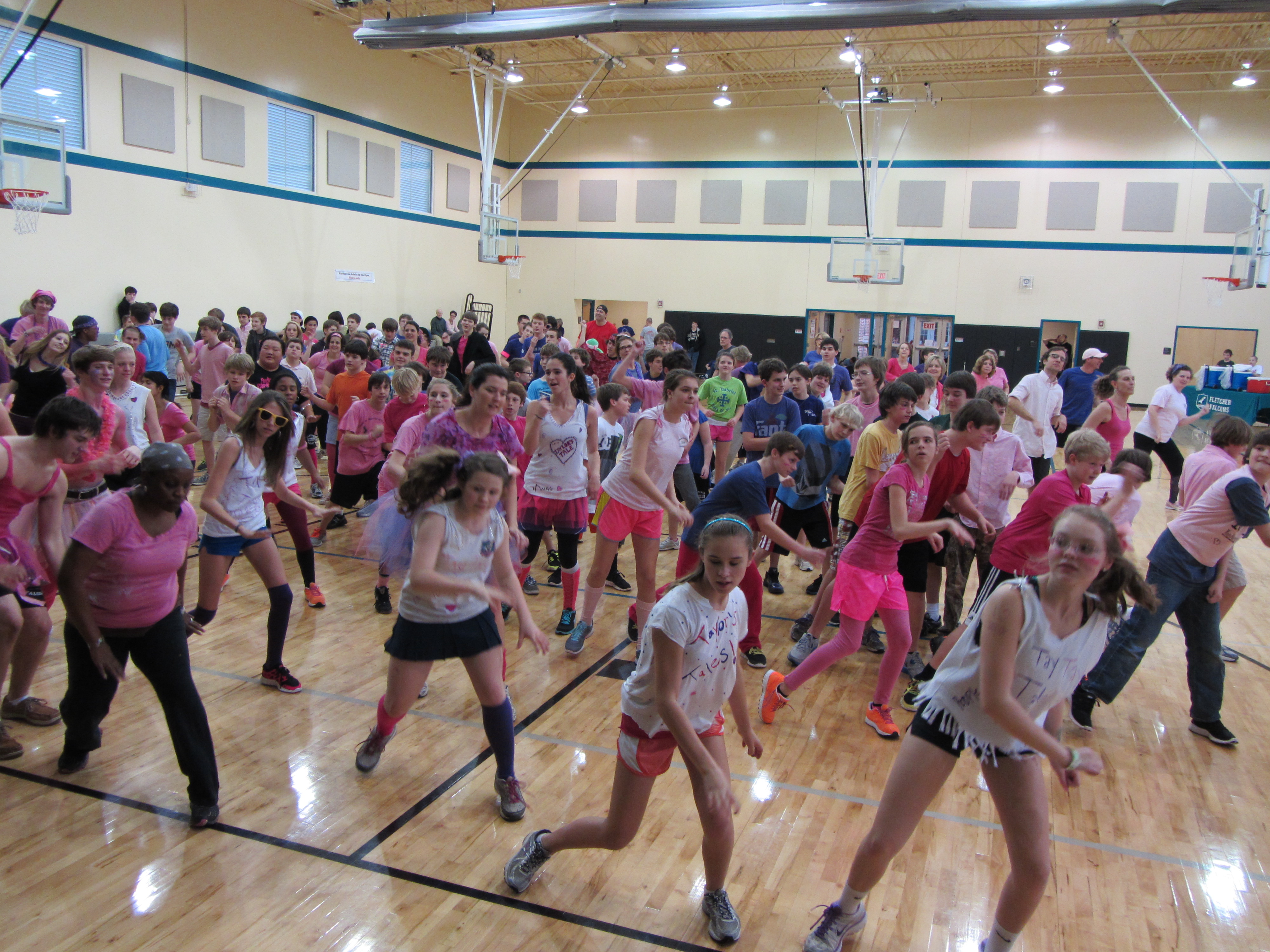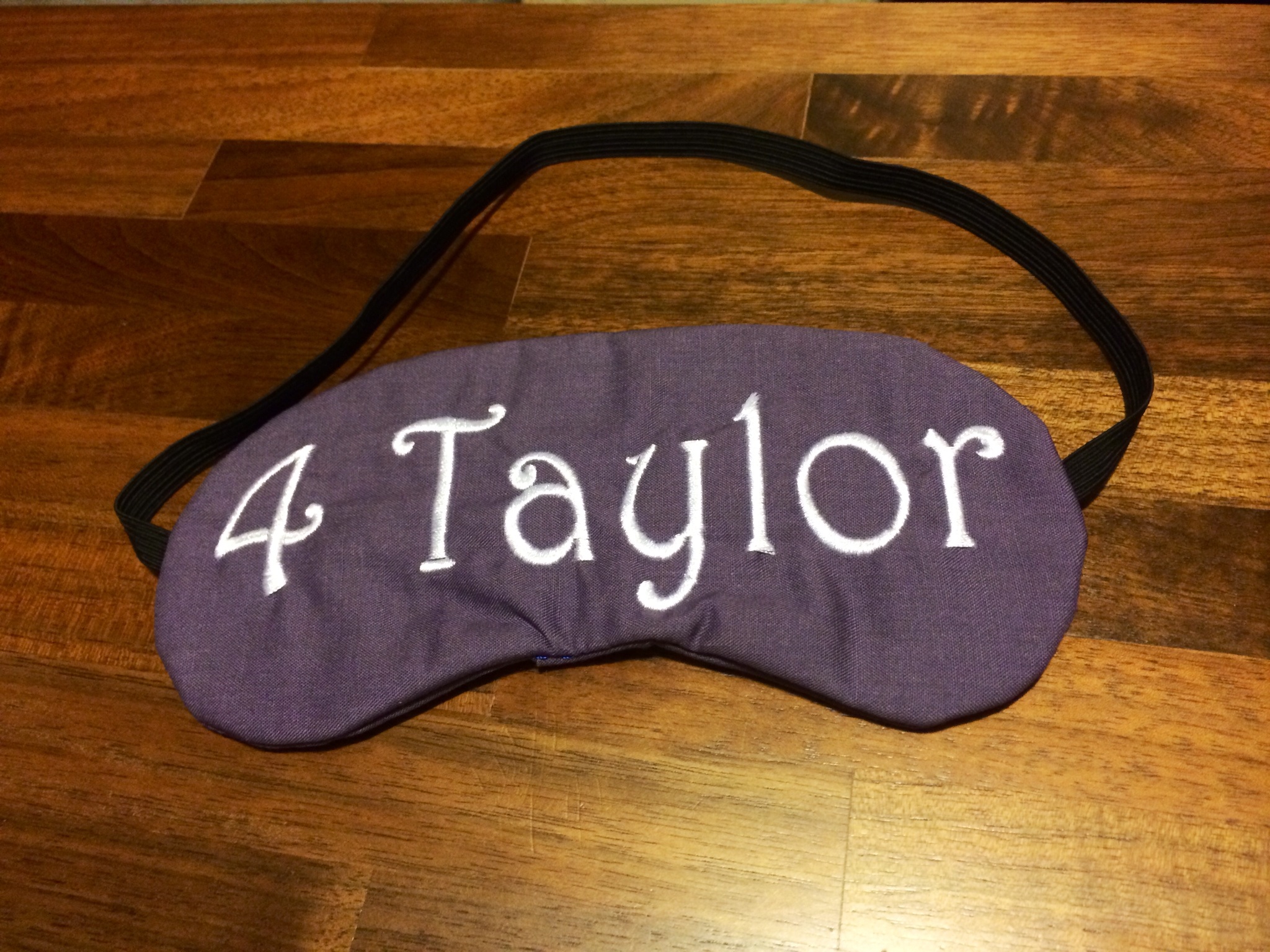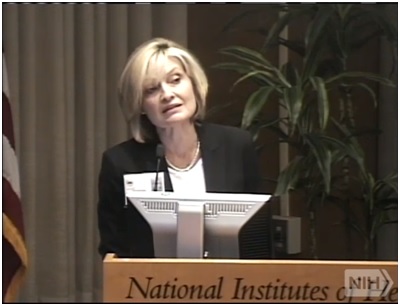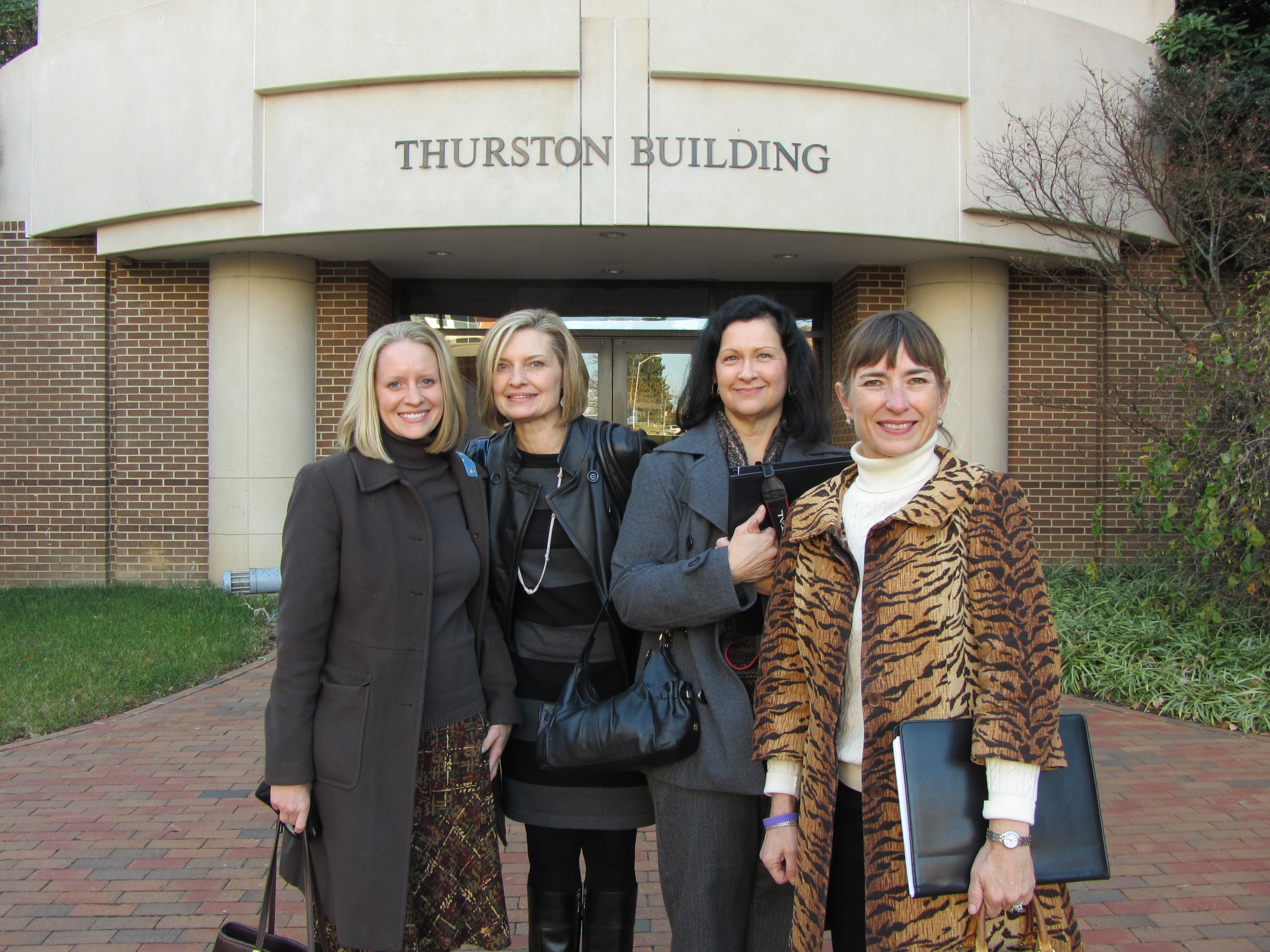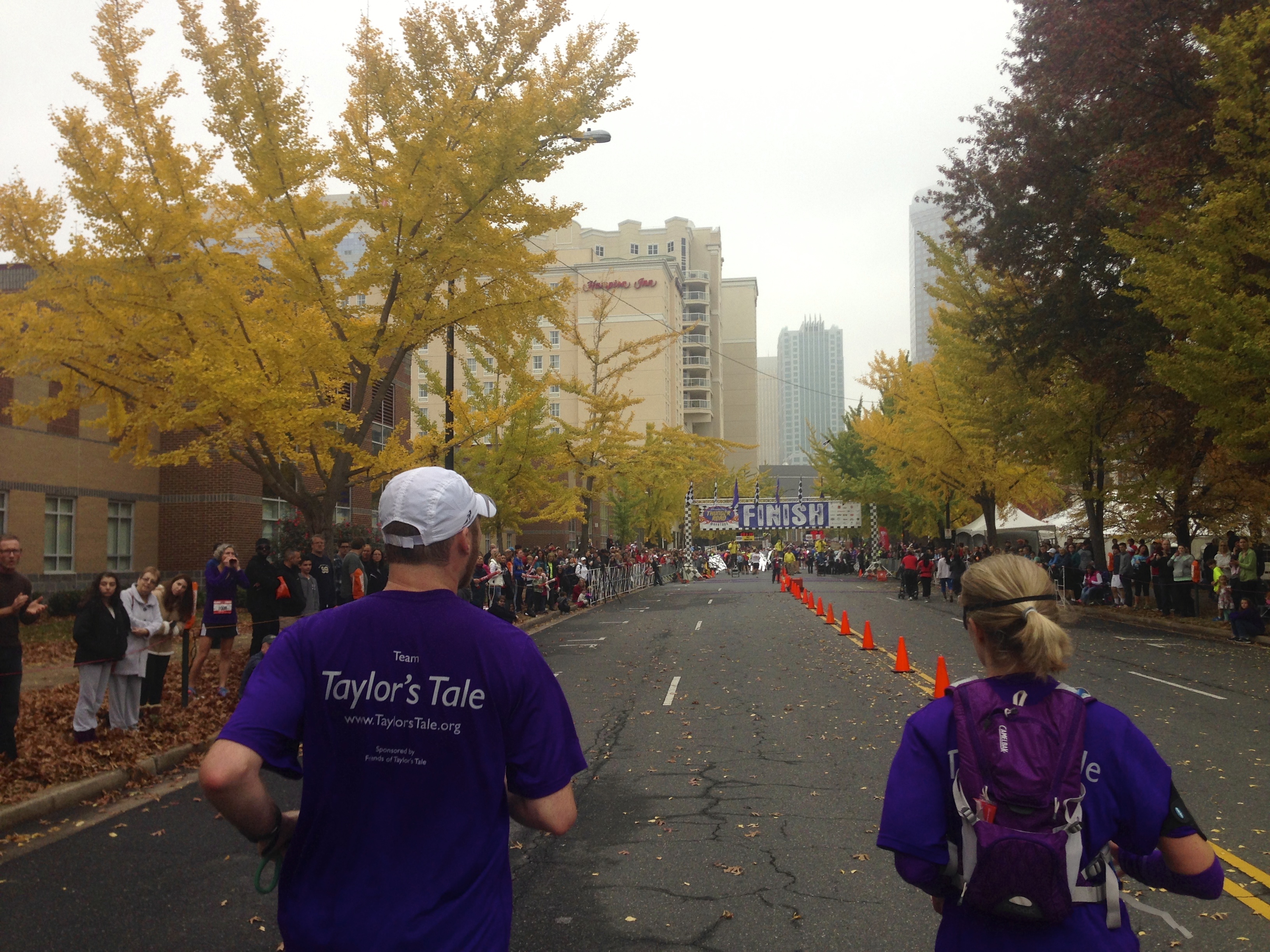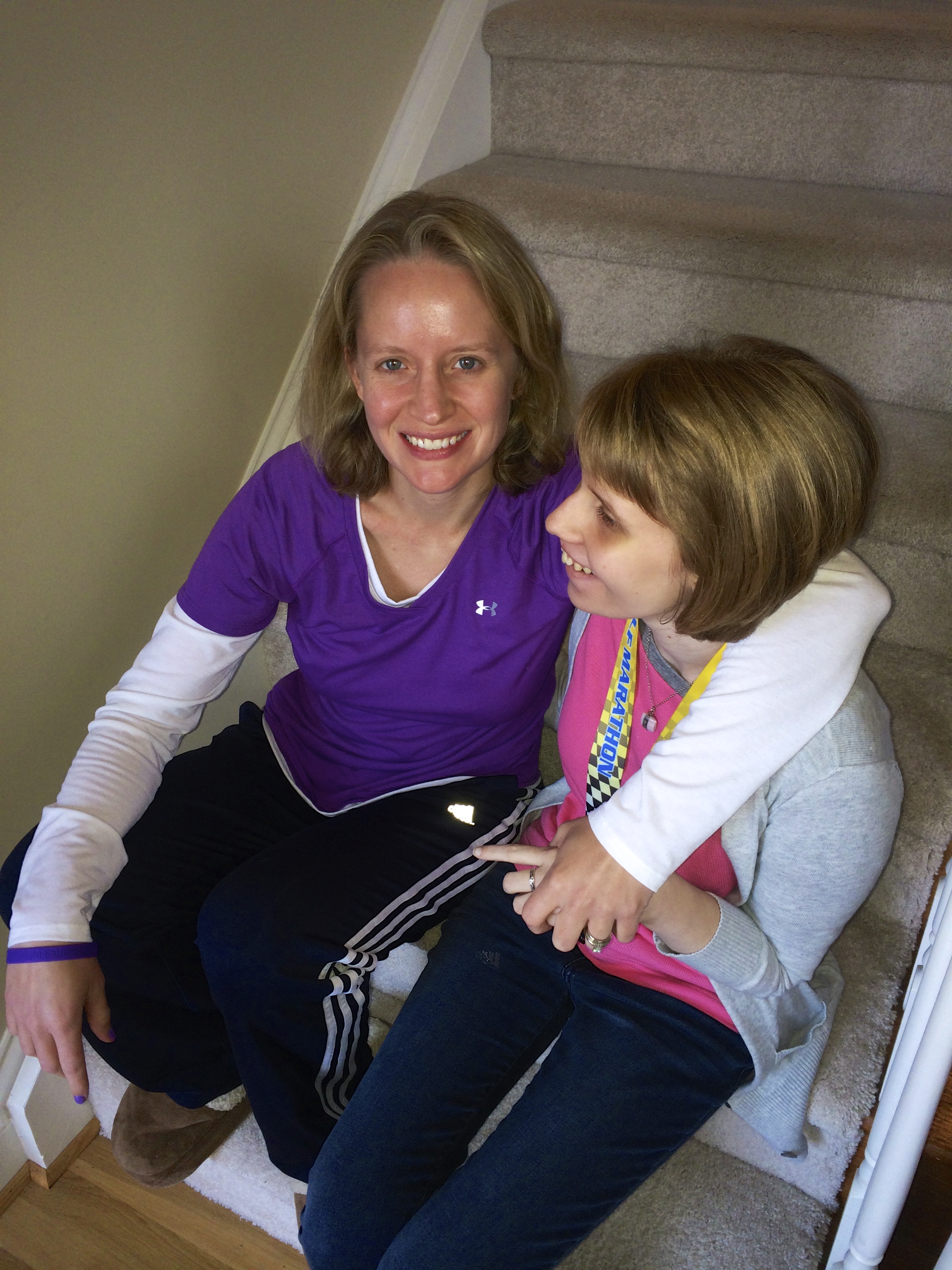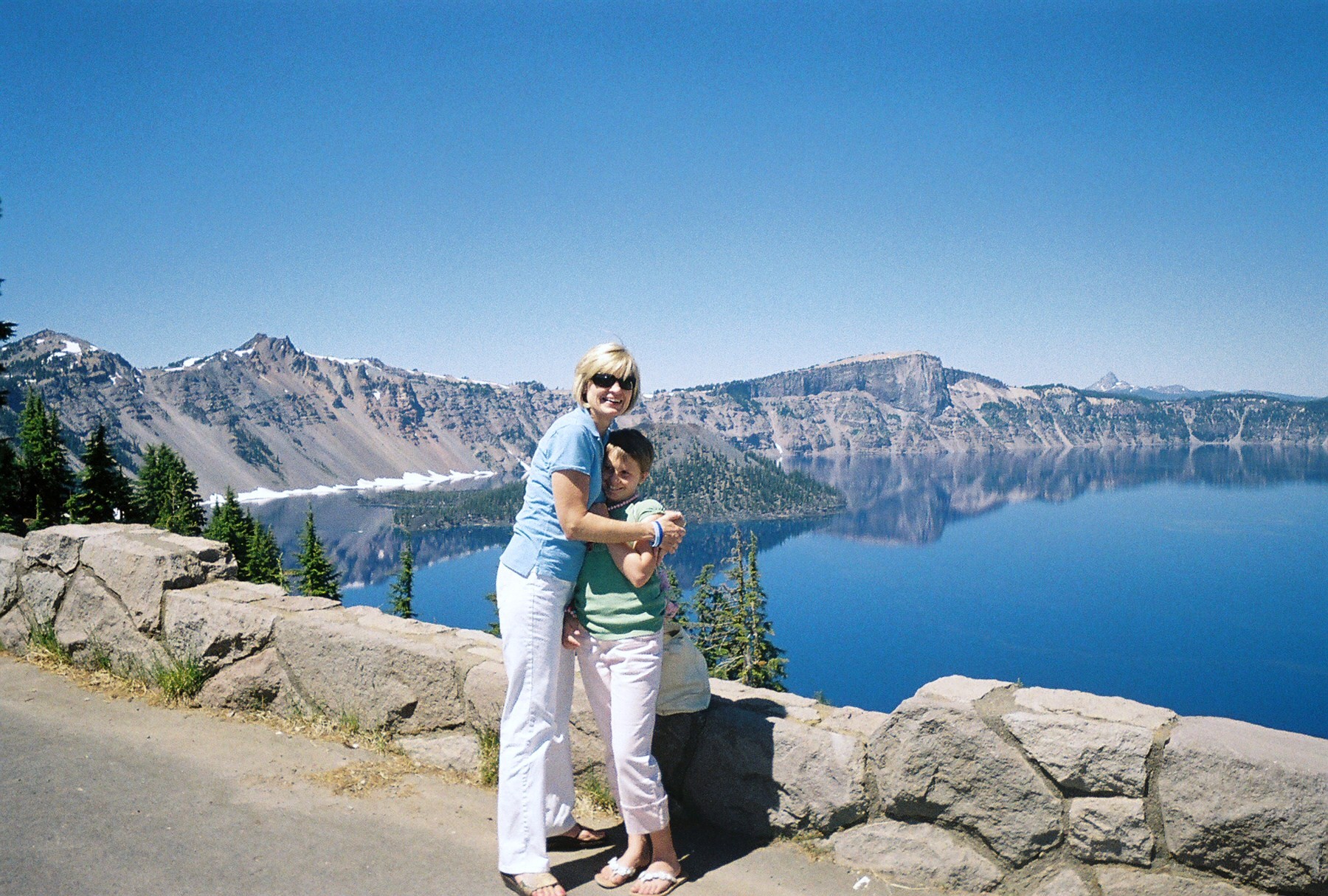Nearly five years ago, when my sister could still sing and talk and walk and eat ice cream cones on hot summer days, my mother met Steve Gray, a young investigator from the University of North Carolina Gene Therapy Center, at a conference in Bethesda. Since 2008 he’d been working on giant axonal neuropathy (GAN), an ultra-rare, fatal childhood disease that causes progressive nerve death.
A few months later, we drove to Greensboro to have dinner with him. We weren’t ready to take the leap then, but Mom believed in Steve since the first time she heard him speak about his effort to save children from a monster that turned them into quadriplegics unable to eat or breathe on their own. When I sat across from Steve in our booth that night, I believed in him, too. continue reading →

